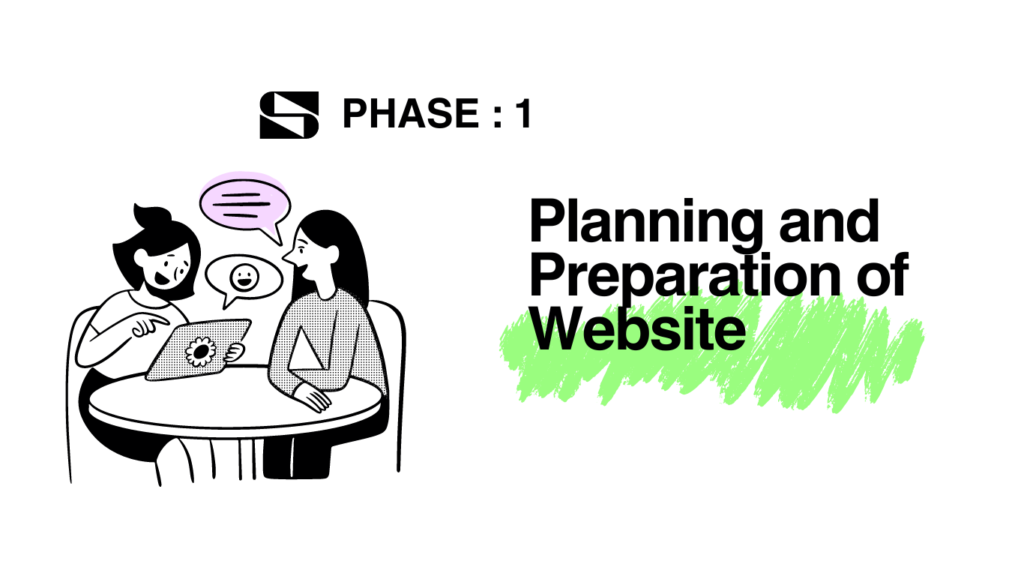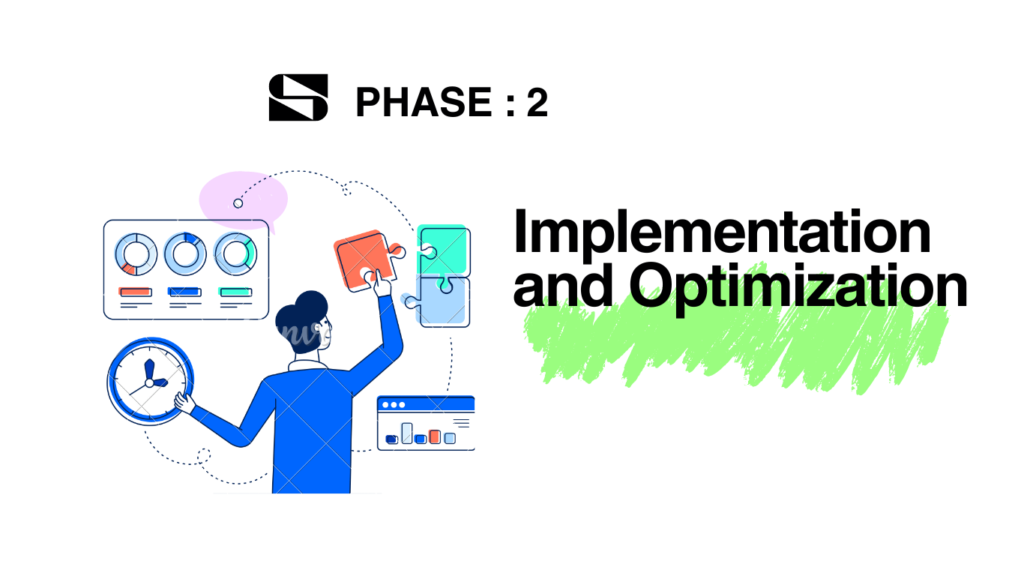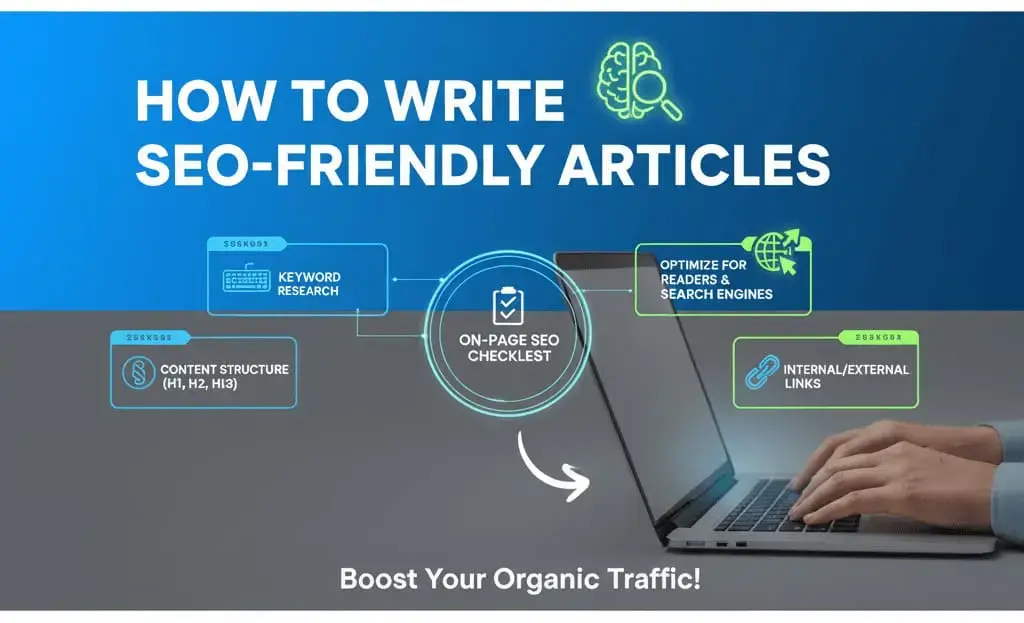A Beginner’s Guide to WordPress Website Development in 2 Phases
Creating a new website or redesigning an existing one can be both an exciting and complicated task. Your website is often the first impression customers have of your brand, so getting it right is crucial. This guide was designed for WordPress and web pattern beginners and helps you finish the base considerations before and after launching your website.Phase One: Planning and Preparation of Website

1. Define Your Goals
Before diving into web design, it’s a good idea to have a clear understanding of your objectives.Things to Know Before Creating a Website;
- Do you want to improve brand awareness?
- Are you aiming to render leads?
- Is driving sales your base goal?
2. Understand Your Target Market
Knowing your interview is central to creating a site that resonates with them. Develop detailed buyer personas that include;- Preferences
- Pain points
- Behaviors
3. Choose a Domain Name and Hosting
Your domain name should have been unforgettable and applicable to your brand. After selecting a domain,’ prefer a hosting supplier that offers;- Reliable executing
- Good client concentrate
- Scalability to deal with growing
4. Plan Your SEO Strategy
A solid search locomotor optimization SEO schema is important for driving organic traffic. Start with;Choosing an appropriate domain name
Conducting keyword research
Incorporating the keywords course into your content
Additionally, focus on mobile-first indexing and Core Web Vitals to heighten your SEO strategy.
5. Develop a Content Strategy
Your website content should be tailored to your direct audience’s needs and interests. Think of your website as a resource for your prospects to find solutions to their problems. This could have included;- Blog posts
- Videos
- Infographics
- Case studies
6. Plan for Lead Generation
Every page on your site should be optimized to convert leads. Key elements include;-
-
- Landing pages
- Calls to activity CTAs
- Forms
-
7. Design for User Experience
A clear and incoherent sailing transcription is vital for a convincing user experience. Ensure your website has;- A transparent navigation structure
- Easy to find data
- A responsive design
Phase Two: Implementation and Optimization of Website

1. Install WordPress
Most hosting providers offer easy WordPress readiness to finish their check panels. Follow the instructions provided by your host to set up WordPress on your domain.2. Select and Customize Your Theme
WordPress offers a change of themes that you can use to customize the look and feel of your web pages. Choose a theme that aligns with your brand and provides the functionality you need. Use the WordPress Customize to accommodate settings such as;- Colors
- Fonts
- Layout
3. Install Essential Plains
Plugins cover the functionality of your WordPress site. Some base plains to view include;- Yoast SEO Helps optimize your site for search engines.
- Contact Form 7; Allows you to make contact forms.
- Akismet: Protects your site from Spam.
- WP Super Cache: Improves site execution by caching pages.
- UpdraftPlus: Provides co-occurrence and regaining capabilities.
4. Create and Optimize Content
Start by creating your key pages, such as Home as well as About, Services, and Contact. Then, begin adding Blog posts and another capacity that attracted and engaged your direct audience. Use your keywords strategically and allow valuable,’ high-quality content.5. Ensure Mobile Optimization
Make sure your site is mobile-friendly by using a mobile-friendly theme and testing your site on single devices. Google’s Mobile-Friendly Test tool could help you identify any issues.6. Implement Security Measures
Website credentials are important to protect your site and your visitors. Use a credentials plan like Wordfence or Scurf to Saran and protect your site from threats. Ensure your hosting supplier offers SSL certificates to codify data transferred between your site and your visitors.7. Incorporate Multimedia
Incorporating multimedia elements such as images as well as videos as well as and infographics. These could make your capacity more engaging and easier to digest. Be aware of file sizes to check your site remains fast and responsive. Conclusion Building a high website requires limited planning and tending to detail. By defining your goals, understanding your direct market,’ optimizing for search engines, creating engaging content as well as designing for lead generation, ensuring easy navigation,’ and following hard-nosed WordPress steps, you could make a website that efficaciously represents your brand and achieve your objectives. If you need further assistance or want to discuss your web project in more detail, feel free to reach out to Marketing Scrappers, where professional content writers and SEO experts will help to create and manage your WordPress site. Marketing Scrappers can provide personalized guidance and support to help you create a standout website. Remember as well, your website was often the first impression customers have of your business. Make it count by building a site that is user-friendly as well as engaging, and optimized for success. By following these steps and staying focused on your goals, you’ll be well on your way to building a high website that drives results and supports your business growth.FAQs About Building a Website for Beginners
- What are the first steps I should have taken when planning to build a website?
- Why is having a clear goal authorized for my website?
- How do I prefer the right hosting provider?
- What is SEO, and why is it important?
- How do I do keyword research?
- What are buyer personas and how do I make them?
- How can I make sure my website is mobile-friendly?
- How can I check my website is secure?
- What types of capacity should I make for my website?
- How do I optimize my website for lead generation?
- How can I incorporate multimedia into my website?
- What is WCAG, and why should I stick to it?
- How do I monitor my website’s performance?



Pingback: How To Speed Up Your WordPress Website; 10 Proven Techniques - Marketing Scrappers